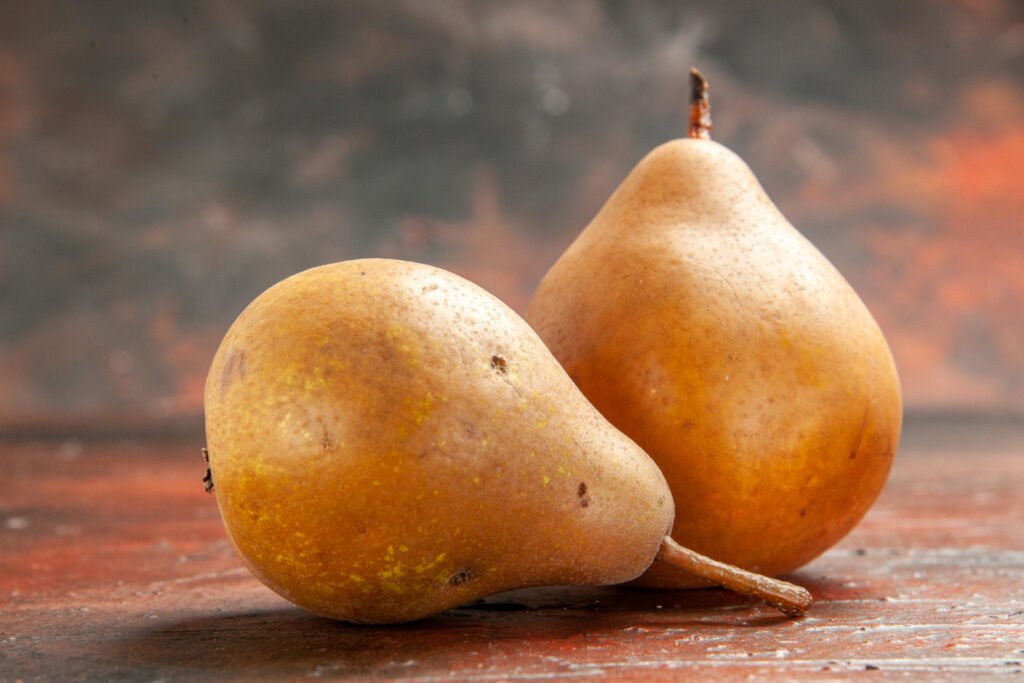
In this article
overview
Native to the Yucatan Peninsula in Mexico and Central America, the sapodilla tree thrives in subtropical and tropical climates. Today, you can find it in places like Florida, the Philippines, and India. This evergreen tree, which can grow up to 20 meters tall, is known by many names, including Chikoo, Naseberry, and Sopota.
Nutritional Powerhouse
One of the most compelling reasons to include sapodilla in your diet is its impressive nutritional profile. A single sapodilla (about 170 grams) provides a substantial amount of fiber, vitamin C, and copper, along with smaller amounts of other essential nutrients.
Nutritional Facts (per 170g of Sapodilla)
- Calories: 141
- Protein: 0.748g
- Carbohydrates: 34g
- Fiber: 9.01g (32% of Daily Value)
- Fat: 1.87g
- Vitamin C: 25mg (28% of Daily Value)
- Copper: 0.146mg (16% of Daily Value)
Key Health Benefits of Sapodilla
1. Rich in Beneficial Plant Compounds
Sapodilla is packed with polyphenols, which are plant compounds known for their antioxidant and anti-inflammatory properties. These compounds help neutralize free radicals in the body, reducing oxidative stress and inflammation, which are linked to chronic conditions like heart disease, diabetes, and cancer.
In a study involving older adults, consuming 100 grams of fresh sapodilla fruit twice daily for four weeks increased antioxidant capacity and vitamin C levels while lowering cholesterol. Although this study shows promising results, it’s worth noting that most research has been conducted in vitro or on animals.
2. Excellent Source of Fiber
With 9.01 grams of fiber per fruit, sapodilla is an excellent way to boost your daily fiber intake. Fiber is crucial for maintaining digestive health, reducing the risk of colon conditions, lowering cholesterol, stabilizing blood sugar levels, and promoting feelings of fullness, aiding in weight management.
3. High in Vitamin C
Vitamin C is a powerful antioxidant that supports the immune system, aids in protein metabolism, and helps produce collagen, essential for connective tissues and wound healing. One serving of sapodilla provides 25 milligrams of vitamin C, making it a great addition to your diet.
4. Good Source of Copper
Copper is vital for energy production, iron metabolism, and the creation of connective tissue and neurotransmitters. It also plays a role in forming new blood vessels, balancing hormones, and protecting against oxidative damage. Sapodilla provides 0.146 milligrams of copper per serving.
Traditional Medicinal Uses
In traditional medicine, including Traditional Chinese Medicine (TCM), various parts of the sapodilla tree have been used to treat different ailments. Crushed seeds are used for bladder and kidney stones, bark for gastrointestinal disorders and inflammation, and flowers and fruit for anxiety, depression, and insomnia.
Potential Risks
While sapodilla offers numerous health benefits, it’s important to be aware of potential risks. Some individuals may experience oral allergy syndrome, which can cause itching and burning sensations in the lips, mouth, and throat. If you suspect an allergy, consult a healthcare provider for proper diagnosis and treatment.
Tips for Enjoying Sapodilla
Sapodilla can be enjoyed in various ways:
- Fresh: Simply cut in half and scoop out the flesh with a spoon. Discard the seeds as they are not edible.
- Salads: Add diced sapodilla to fruit salads or as a topping for oatmeal and yogurt.
- Smoothies: Blend sapodilla into smoothies or make refreshing fruit juices and slushies.
Ornamental and Practical Uses
Beyond its culinary uses, the sapodilla tree has ornamental value and can be used in landscaping. It also produces a milky latex called chicle, historically used to make chewing gum.
The Takeaway
Sapodilla is more than just a sweet treat; it’s a powerhouse of nutrients and medicinal properties that can benefit your health in numerous ways. Whether you’re looking to boost your fiber intake, enhance your antioxidant levels, or simply enjoy a delicious fruit, sapodilla is an excellent choice. So next time you come across this exotic fruit, don’t hesitate to give it a try.
A Quick Review
Sapodilla, an exotic fruit, is not only delicious but also packed with nutrients and medicinal properties. It’s high in fiber, vitamin C, and copper, offering numerous health benefits like antioxidant protection and improved digestive health. This article explores its nutritional profile, health benefits, traditional medicinal uses, and practical ways to enjoy this tropical gem
Frequently asked questionsay
What are the nutritional benefits of sapodilla?
Sapodilla is rich in fiber, vitamin C, and copper, providing essential nutrients that support digestive health, immune function, and energy production.
How does sapodilla support digestive health?
Sapodilla contains high levels of dietary fiber, which helps maintain regular bowel movements, reduce cholesterol levels, and manage blood sugar.
Are there any traditional medicinal uses of sapodilla?
In traditional medicine, sapodilla’s seeds, bark, flowers, and fruit have been used to treat ailments like gastrointestinal disorders, inflammation, anxiety, and insomnia.
How can sapodilla be incorporated into the diet?
Sapodilla can be eaten fresh, added to fruit salads, blended into smoothies, or made into refreshing juices.












